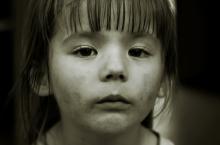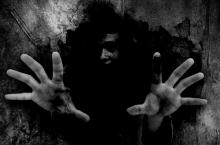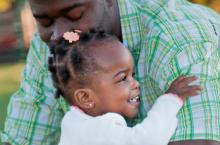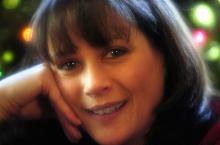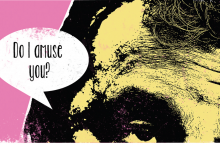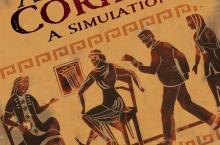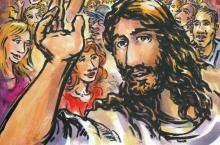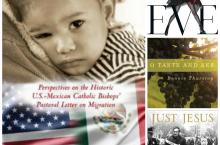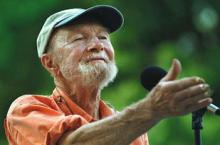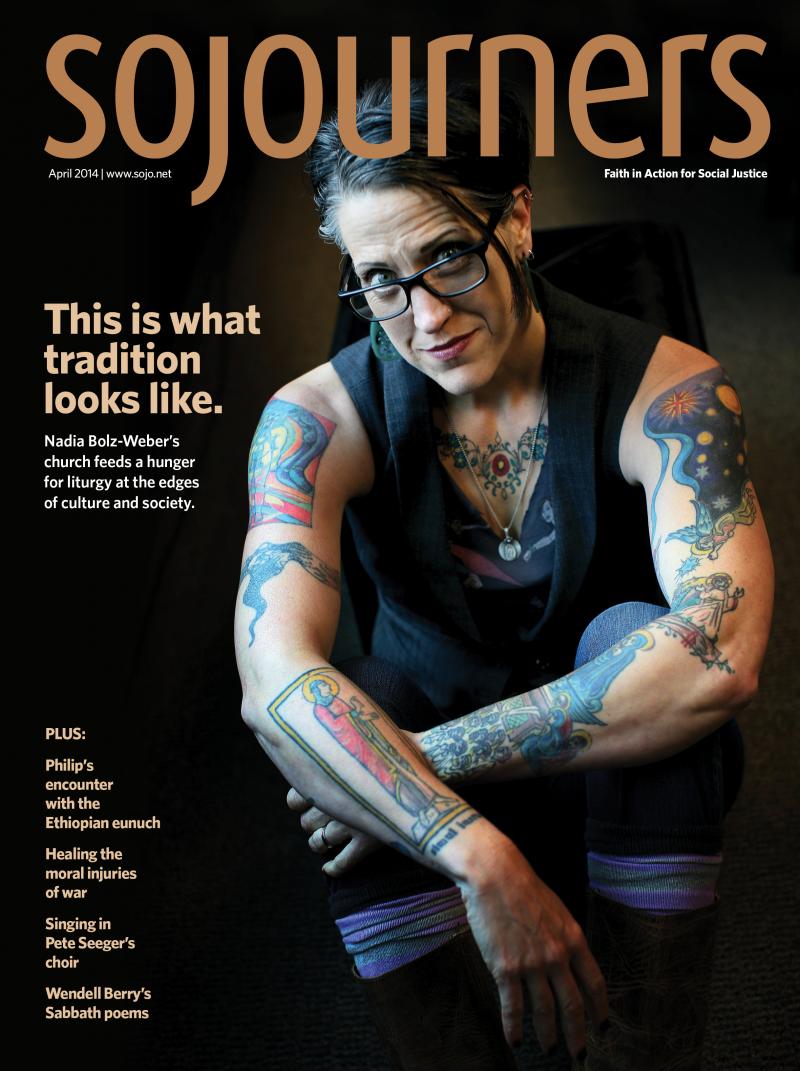
Sojourners Magazine: April 2014
IN EVERY AGE the church must present itself in new ways lest it become irrelevant to the people who need it most. Following Jesus to the social and cultural edges often fosters creative worship and unique ministries among those most in need of what sacred community has to offer. In this issue, we look at two examples of ways churches are reaching out.
Nadia Bolz-Weber has attracted national media attention, often focusing on her religious tattoos or her stand-up-comic wit. But underneath the tattoos is a pastor deeply committed to a theological and liturgical orthodoxy. That traditionalism has led to a diverse congregation—the House for All Sinners and Saints—whose worship service on a given Sunday might feature Eastern Orthodox icons or Latin hymns. As she puts it, “You have to be rooted in tradition in order to innovate with integrity.”
When wars eventually come to an end, along with the physical wounds, they leave those who fought with unhealed emotional and spiritual scars. In what is now diagnosed as post-traumatic stress disorder (PTSD), many veterans of the wars in Iraq and Afghanistan experience a range of emotions from withdrawal to depression to anger. Often these are interwoven with guilt and shame over what was done—or not done—in extreme situations.
Some veterans have found that faith communities can be places of solace and support. Churches—even those that opposed the wars in the first place—have important roles to play in serving as advocates and healers.
As we celebrate Easter this month—the resurrection into life of the One who makes all things new—may we continue to follow him in new ways of service to God and to humanity.
